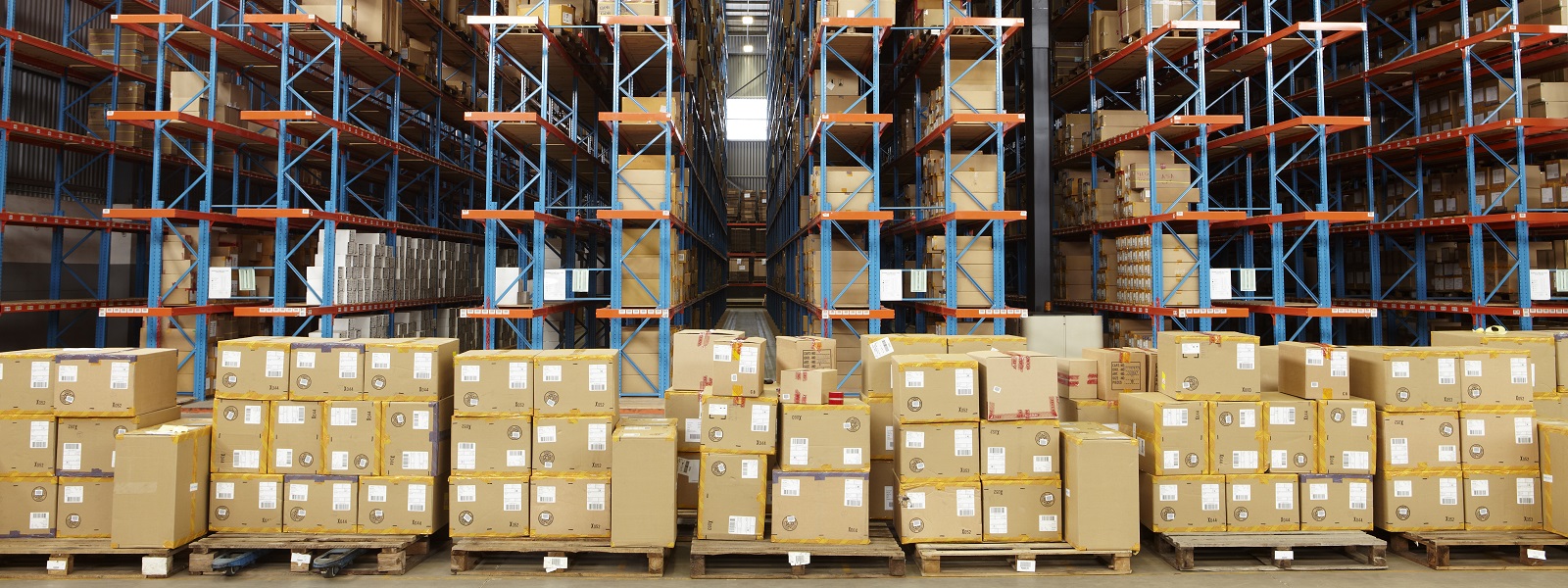The Asia Pacific region recorded its highest-ever private equity (PE) buyout value in 2016. The region played host to 399 buyouts worth a combined US$102.2 billion – a new value record, despite a slight dip in deal volume.
China at the centre
Unsurprisingly, China, Asia’s largest PE market and the second-largest economy in the world, remains the centrepiece of Asia-Pacific PE. China accounts for 23.6% of the regions buyout volume and 36.7% of its value. Despite the fact that deal value in China was down by 13% (to US$37.5 billion) and volume fell by 15% (to 94 deals), the numbers are well above the previous five-year average.
The maturity in the Chinese market means LPs are now better able to distinguish between the winners and losers, resulting in a flight to quality.
Hony Capital, one of the country’s longest-established homegrown managers, last year raised US$2.7 billion for its eighth and largest fund to date. MBK Partners, a South Korean firm that invests in China, meanwhile, raised the biggest buyout fund of the year with a US$4.1 billion haul.
However, according to Preqin data, the US$24.9 billion and US$40.7 billion raised last year for Chinese and Asia-Pacific PE strategies respectively is some distance off records, a sign that investors have cooled on the region after piling into the market post-crisis in search of returns. It also suggests LPs already have capital tied up in the region. Indeed, as of February 2017 there was US$144.6 billion worth of dry powder in the reserves of Asia-Pacific funds, an all-time high.
Meanwhile, multiples in China remained stubbornly high last year too. Rapid economic growth may have warranted such prices in the past, but with China’s closely watched economic deceleration, PE houses will have to work harder to achieve market-beating returns.
India on the rise
India saw a major increase in deal value in 2016 – up nearly 40% from US$9 billion in 2015 to US$12.6 billion last year. Major buyouts included US PE firm Blackstone’s US$1 billion buyout of business services company Mphasis.
And this trend for Indian PE investment looks set to continue. Historically, one of the main barriers to entry for international PE houses is India’s labyrinthine regulatory regime: at 130th place, the country continues to languish in the third quartile of the World Bank’s Ease of Doing Business Index; this compares with China in 84th position.
However, Prime Minister Narendra Modi’s government has taken bold measures, simplifying the tax regime and loosening FEMA rules to allow domestic investment funds easier access to capital, among other initiatives. Such steps are attracting outside investment and today India is arguably the most promising private equity market in the region. Boasting a dynamic entrepreneurial ecosystem and the fastest-growing major economy in the world (GDP is forecast to expand by 7.7% in 2017), the country has much to offer.
Land of the rising sum
Japan may not be the most obvious PE destination given its years of economic underperformance and a corporate culture that has been historically averse to buyout funds' advances. However, KKR's delisting of Nissan Motor-backed auto parts maker Calsonic Kansei Corp for US$4.3 billion in November 2016 has offered fresh hope, despite this single deal accounting for more than half of the US$7.7 billion in buyout value recorded across 53 deals in the country in 2016.
Prime minister Shinzo Abe's decision to impose higher corporate governance standards upon quoted companies and the relatively low price of the Nikkei 225 Index give further reason for optimism. Indeed, KKR swiftly followed up the Calsonic deal with the US$1.3 billion acquisition of Hitachi's power tools unit, Hitachi Koki.
Meanwhile, another developed Asia-Pacific economy, Australia, enjoyed its best year to date with US$24.8 billion worth of deals recorded in 2016. A stable regulatory regime and the low Australian dollar have made the country attractive to outside investors. In September last year, Hong Kong-based Baring Asia Private Equity took over risk compliance services firm SAI Global in one of the country's largest purchases of the year.
Key investment sectors
On a sectoral level, both China and India are transitioning from low-cost manufacturing economies whose growth is predicated on mass exports, to sustainable consumption-fuelled economies driven by domestic demand. The Chinese government’s “Made in China 2025” initiative aims to put the country on a level pegging with high-tech industrialised nations such as Germany, where production quality takes precedence over quantity.
For these reasons, the tech and advanced manufacturing spaces are likely to draw increasing PE capital. Indeed, White & Case data show that by far the most popular sector in China in 2016 was TMT, with US$19.5 billion worth of buyouts recorded across 41 deals.
In addition, sectors that serve the Asian consumer such as the Internet, healthcare, financial services, and food and drink will gain more attention. For example, in January, CITIC Capital Holdings and Carlyle Group teamed up to pay US$2 billion for the Chinese arm of McDonald’s, an emblem of western consumerism. At the same time, Hony Capital continues to build out a restaurant empire that includes Pizza Express, the UK chain that has been making inroads into China since Hony’s buyout of the company in 2014.
In Australia, the mining sector, which was battered by the commodities downturn, continues to present opportunities as it makes a recovery. In December, EMR Capital paid US$210 million for the Golden Grove metals mine from Chinese giant MMG, weeks after the firm closed its second fund after raising US$1.12 billion.
Fintech also presents significant growth opportunities. KPMG estimates the sector totted up US$656 million worth of M&A activity in 2016, a 255% increase year-on-year. Among the deals was CHAMP Private Equity, one of the country's largest firms, acquiring Melbourne-based global forex and CFD broker Pepperstone for US$71 million.
A bright future
The Asia-Pacific region is diverse and its challenges and opportunities many. For China and India, the task is successfully making the changeover from being the West’s low-cost manufacturers to world-leading domestic-driven economies in their own right. Even if this means growth moderates over the long term, PE investors will continue to seek returns in these economies as they fully emerge. Australia's recent buyout surge is testament to the country's steadfast growth and welcoming dealmaking environment, while Japan's PE market, although small relative to the size of its economy, is showing more promise than ever before.





